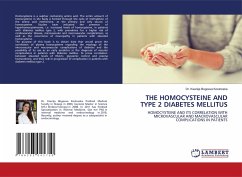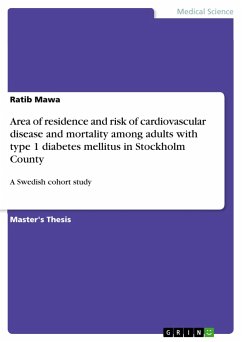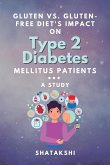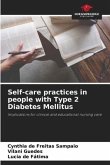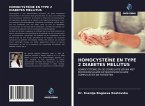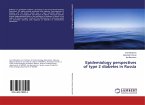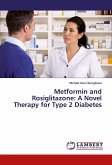Homocysteine is a sulphur containing amino acid. The entire amount of homocysteine in the body is formed through the cycle of methylation of the amino acid methionine, as the primary and only source of homocysteine. Studies have indicated the presence of hyperhomocysteinemia, i.e. increased levels of homocysteine, in patients with diabetes mellitus type 2, with prevalence for a higher risk of cardiovascular disease, microvascular and macrovascular complications, as well as the occurrence of neuropathy in patients with elevated homocysteine. The purpose of this book is to obtain data that would prove the correlation of plasma homocysteine regarding the etyology of the microvascular and macrovascular complications of diabetes and the possibility of its use as an early predictor in the diagnosis of vascular complications in patients with diabetes mellitus. To prove correlation between elevated levels of HbA1c, glycaemic control and plasma homocisteine, and their role in progression of complication in patients with diabetes mellitus type 2.
Hinweis: Dieser Artikel kann nur an eine deutsche Lieferadresse ausgeliefert werden.
Hinweis: Dieser Artikel kann nur an eine deutsche Lieferadresse ausgeliefert werden.

